Jamaican Dry Rub: Spice Up Your Grub Like a Caribbean Pitmaster!
If you're tired of bland grilled chicken, boring burgers, or snooze-worthy ribs, it's time to spice things up — literally! Welcome to the vibrant world of Jamaican Dry Rub, where bold flavors meet smoky heat and tropical zest. Whether you're a backyard BBQ pro or just someone who enjoys adding a little island flair to your dinner plate, this guide is for you.
Table of Contents
- What Is Jamaican Dry Rub?
- Flavor Profile & Key Ingredients
- How to Use It: From Chicken to Seafood
- Buying Guide: What to Look For
- DIY Recipe: Make Your Own Jamaican Dry Rub
- Pairings & Serving Suggestions
- A Taste of Tradition: The Roots of Jamaican Spices
- FAQs: All You Need to Know About Jamaican Dry Rub
- Conclusion: Bring the Islands to Your Plate
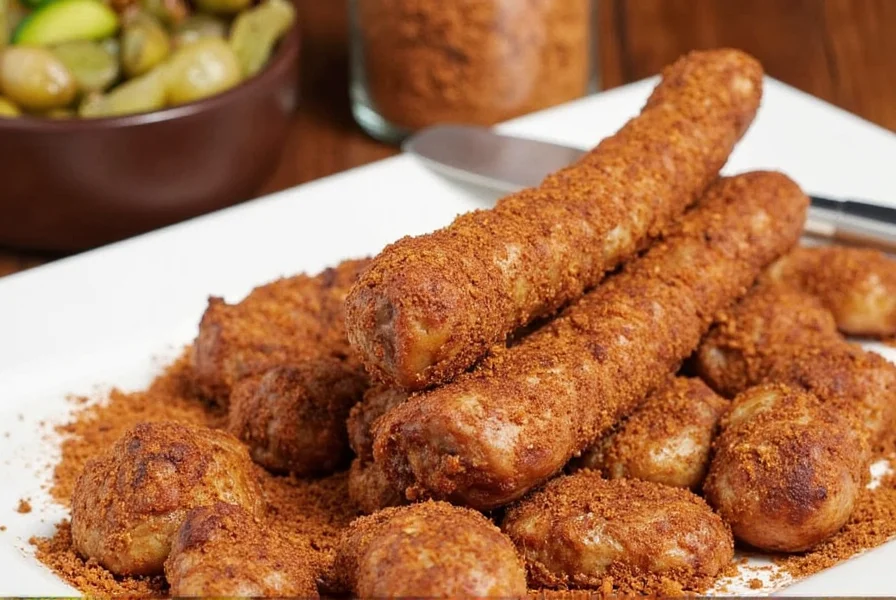
What Is Jamaican Dry Rub?
A Jamaican dry rub isn’t just a seasoning; it’s a flavor-packed love letter from the Caribbean islands to your taste buds. Unlike marinades that use liquid bases like oil or vinegar, a dry rub is a blend of ground spices and herbs rubbed directly onto meats, seafood, or even veggies before grilling or roasting.
The most famous version? Jerk seasoning — a fiery, aromatic mix that defines Jamaican cuisine. This dry rub gives dishes that iconic smoky, spicy, and slightly sweet flavor, often achieved using allspice (also known as pimento), Scotch bonnet peppers, thyme, garlic, and onion powder.
Flavor Profile & Key Ingredients
Jamaican dry rub is like a carnival in your mouth — lively, colorful, and full of surprises. Here’s what makes it tick:
- Allspice (Pimento): The heart and soul of jerk seasoning. Ground allspice adds warmth, sweetness, and a clove-like depth.
- Scotch Bonnet Peppers: Brings serious heat with fruity undertones. Don’t skip gloves when handling these guys!
- Thyme: Earthy and fragrant, it balances out the spice and brings herbal freshness.
- Garlic & Onion Powder: Adds savory umami notes without the mess of fresh bulbs.
- Salt & Brown Sugar: Enhances flavor and creates that caramelized crust on grilled meats.
- Cinnamon & Nutmeg: Adds warmth and complexity, giving that “I-don’t-know-what-it-is-but-it-tastes-awesome” edge.
| Ingredient | Flavor Contribution | Substitute Option |
|---|---|---|
| Allspice | Spicy-sweet, warm | Cloves (use sparingly) |
| Scotch Bonnet | Fiery, fruity | Habanero or cayenne |
| Fresh Thyme | Herbaceous, floral | Dried thyme (½ tsp per tbsp) |
| Brown Sugar | Sweet balance, caramelization | Raw sugar or coconut palm sugar |
| Garlic Powder | Pungent, savory | Minced garlic or paste |
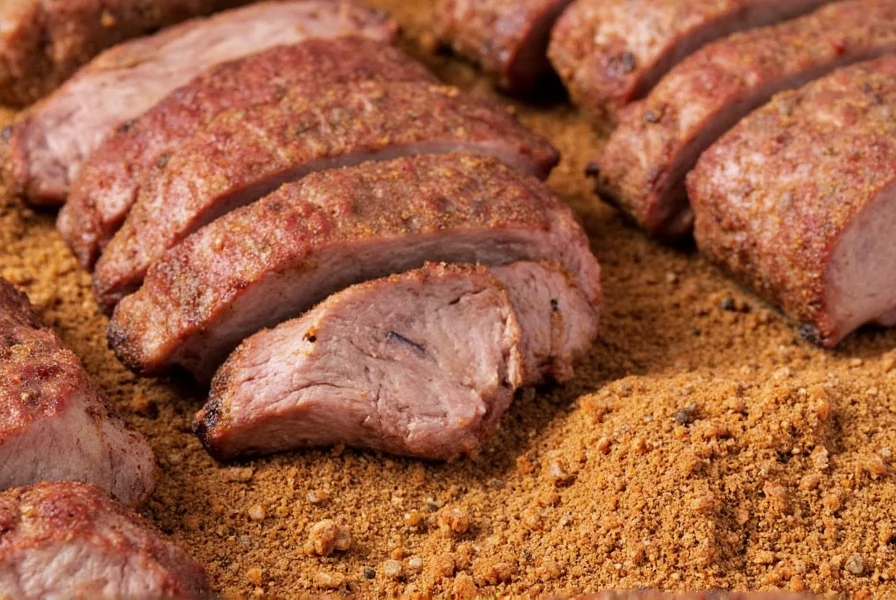
How to Use It: From Chicken to Seafood
One of the best things about Jamaican dry rub is its versatility. Here are some killer ways to put it to work:
- Chicken: Coat whole chickens, thighs, or wings generously and roast or grill until golden and crispy. Pro tip: Let it sit overnight for deeper flavor!
- Pork: Ribs, shoulder, or tenderloin — all go great with a heavy dose of jerk rub. Slow-smoke for ultimate tenderness.
- Seafood: Brush fish or shrimp with oil, sprinkle with rub, and grill. Mahi-mahi and snapper are particularly divine.
- Veggies: Toss mushrooms, zucchini, or eggplant with olive oil and rub before roasting or grilling.
- Eggs: Add a pinch to scrambled eggs or avocado toast for a spicy Caribbean twist.
Buying Guide: What to Look For
Shopping for pre-made Jamaican dry rub can be overwhelming with so many options on the market. To help you pick the perfect one, here’s a breakdown of what to look for:
| Brand | Heat Level | Ingredients | Best For |
|---|---|---|---|
| Grace Jerk Seasoning | Moderate | Allspice, thyme, salt, chili, nutmeg | Classic jerk chicken |
| Walkerswood Jamaican Jerk Seasoning | High | All natural, no preservatives | BBQ lovers |
| Badia Caribbean Jerk | Medium-Hot | Garlic, onion, black pepper | Marinades & roasts |
| Caribbean Choice Jerk Seasoning | Medium | Blends well with citrus | Seafood & tofu |
| Island Sun Jerk Seasoning | Low-Medium | Mild, balanced flavor | Kids & spice-sensitive eaters |
- Artificial colors or preservatives
- Too much salt if you're watching sodium
- Lack of clear ingredient labeling
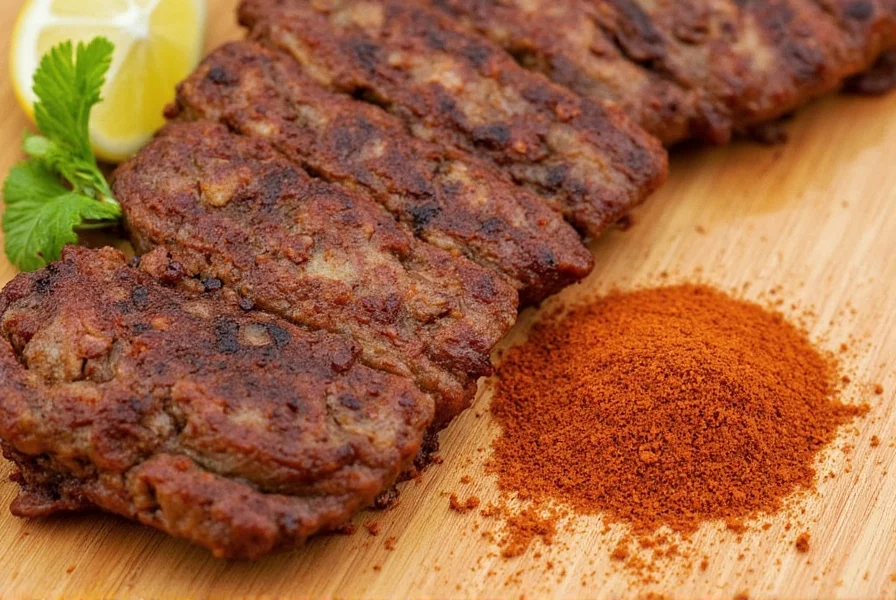
DIY Recipe: Make Your Own Jamaican Dry Rub
Want full control over the flavor? Whip up your own batch at home. Here's an easy homemade recipe:
Homemade Jamaican Dry Rub
- 2 tbsp ground allspice
- 1 tbsp garlic powder
- 1 tbsp onion powder
- 1 tbsp dried thyme
- 1 tbsp brown sugar
- 1 tsp paprika
- 1 tsp cinnamon
- ½ tsp ground nutmeg
- ½ tsp cayenne (adjust for heat)
- Salt to taste
Mix all ingredients in a bowl until fully combined. Store in an airtight container for up to 6 months. Shake well before use!
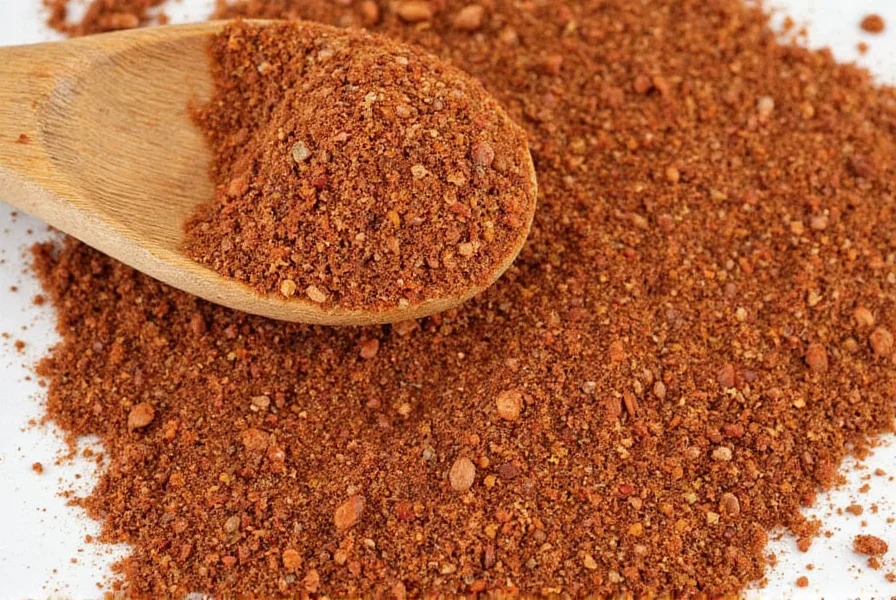
Pairings & Serving Suggestions
To really bring out the best in your Jamaican dry rub creations, pair them with complementary sides and drinks:
- Rice & Peas: Coconut milk rice with kidney beans — creamy, rich, and perfect for soaking up the juices.
- Fried Plantains: Sweet and crisp, they balance the spice beautifully.
- Grilled Pineapple: Juicy and smoky, pineapple adds a tropical tang.
- Callaloo Salad: A leafy green similar to spinach, tossed in lime juice.
- Drinks: Pair with coconut water, sorrel punch, or a cold Red Stripe beer for the ultimate island vibe.
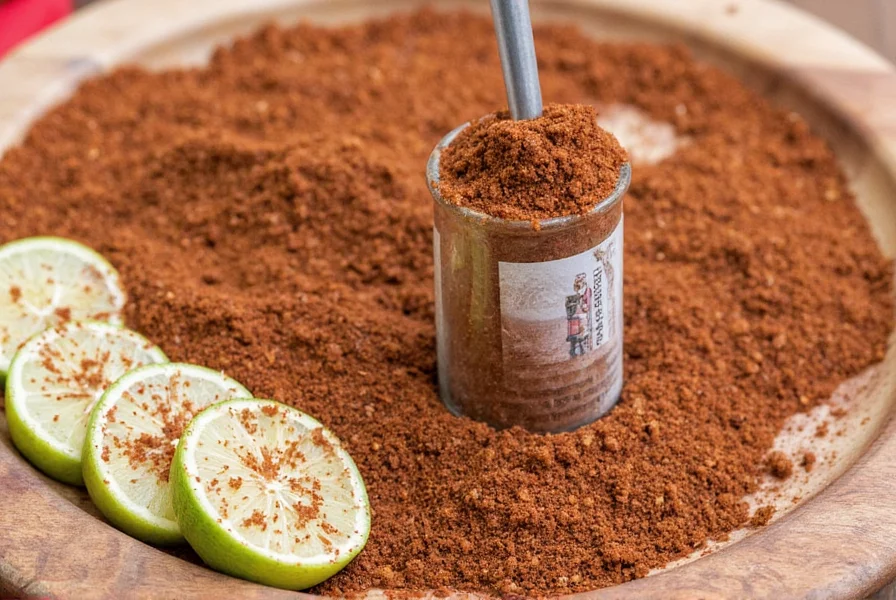
A Taste of Tradition: The Roots of Jamaican Spices
The origins of Jamaican dry rub date back centuries to the indigenous Taíno people, who used a method called “charqui” (the precursor to “jerky”) to preserve meat. When African slaves were brought to Jamaica during colonial times, they adopted and adapted these techniques, blending their own culinary traditions with local ingredients.
The word “jerk” likely comes from the Spanish term “charqui,” but the technique evolved into something uniquely Jamaican — especially with the use of allspice wood to smoke meats, infusing them with a distinctively earthy, peppery aroma.
Today, jerk cooking is not just a method — it’s a cultural symbol, celebrated across festivals, roadside shacks, and fine dining alike. So every time you sprinkle on that dry rub, you’re honoring generations of flavor innovation and island pride.
FAQs: All You Need to Know About Jamaican Dry Rub
Can I use Jamaican dry rub as a substitute for other seasonings?
Absolutely! It works as a stand-in for BBQ rubs, taco seasonings, or even steak seasoning if you're craving a spicy kick.
Is Jamaican dry rub vegan?
Most blends are vegan-friendly, but always check for hidden animal-derived ingredients or additives.
Can I make a mild version?
Yes! Skip the cayenne or Scotch bonnet powder and add more cinnamon, allspice, and brown sugar for a sweeter, less spicy profile.
How long should I let meat marinate with the rub?
For best results, let the meat sit with the rub for at least 1 hour — ideally 12–24 hours in the fridge.
Where else besides Jamaica is jerk-style seasoning popular?
It’s big in Trinidad, Tobago, the UK, and even parts of the US with strong Caribbean communities like New York, Miami, and Atlanta.
Conclusion: Bring the Islands to Your Plate
There’s a reason Jamaican dry rub has stood the test of time — it’s versatile, bold, and deeply rooted in culture. Whether you're grilling up a weekend feast or spicing up weeknight dinners, this blend is your passport to flavor town, island style.
So dust off that grill, grab a jar (or make your own!), and get ready to turn your kitchen into a Caribbean cookout. Because life’s too short for boring food — let the jerk vibes flow!

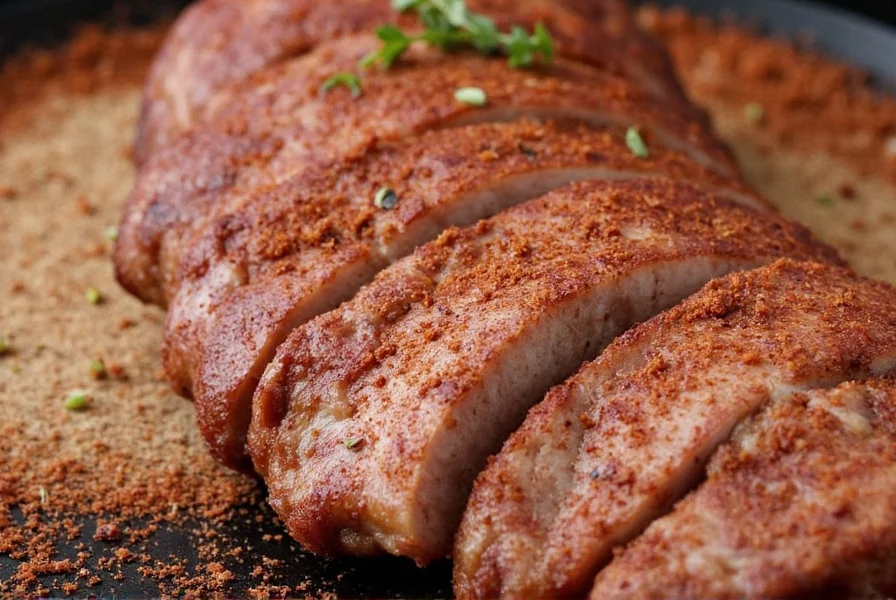









 浙公网安备
33010002000092号
浙公网安备
33010002000092号 浙B2-20120091-4
浙B2-20120091-4